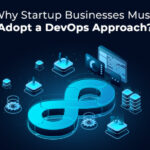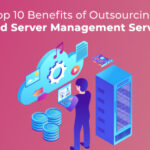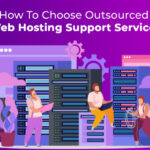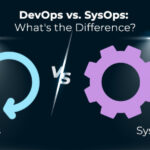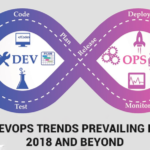With the broadband internet becoming popular and the mobile internet becoming important for businesses, Software-as-a-Service (SaaS) solution providers have also customized their offerings to meet the market needs. It started with the legacy on-premise vendors offering ported version of their service offerings and later, native applications in the cloud started to gain popularity. Lately, hybrid versions have brought together the best of both the worlds. So, 2017 will witness all these three types of SaaS infrastructure to coexist along with the other developments that will decide cloud infrastructure future trends. We have listed out the trends that are likely to prevail in the SaaS infrastructure market in the upcoming year:
Private Cloud
Many of the SaaS service providers have been building their private clouds leading to a growing usage of the Hyper Converged Infrastructure (HCI) platform for building private clouds by almost half the organizations in the American and European countries in 2016 itself. This has led to an improved overall SaaS infrastructure. As compared to the public cloud environment, the level of security the private cloud offers is much more reliable for the businesses. This is the reason why the increase in popularity of the use of private cloud in 2017 has been anticipated.
Public cloud
While the private cloud can assure your business with high levels of security and better tracking of the enterprise data, public cloud has its own advantage of more efficient usage of the SaaS infrastructure bringing a cost-advantage into the picture. With the trend of the SaaS Implementation services providers moving to the public cloud after the launch of Amazon Web Services (AWS), it has been predicted by the experts that along with the small companies and the start-ups, the large businesses will also jump on the bandwagon of the public cloud.
Hyper Converged Infrastructure
The truth be told; the infrastructure needs for the most advanced SaaS applications can not be completely met by either of the exclusively private or exclusively public cloud infrastructure. This is probably the reason why the need for hyper converged infrastructure was felt in the cloud industry. HCI offers pre-integrated storage services and sophisticated computation systems to accommodate the needs of the SaaS applications of the modern times and to ensure smooth execution of the SaaS tool-kit without facing and technical issues. In fact, with its many advantages such as eliminating the need to invest in hardware and the on-premise infrastructure, imparting high scalability and better management of fail-overs and improved security of the data, HCI is quite promising specially for small companies and start-ups to achieve success quickly in their specific markets.
Cost effective services and centralized data
Data centralization is becoming increasingly important with the constant pace of increase in the volume of the organizational data. Now, the organizations are putting emphasis on a centralized data system in order to ensure transparency, and integrity of the data along with its real time availability leading to efficiency in the over-all functioning of the organizations. SaaS infrastructure brings in the aspects of seamlessness and real-time flow to your organizational data in a cost-effective manner by also eliminating the need to buy hardware and host the applications and offering custom software and APIs to the buyers. With no involvement of any initial costs of setting up, addition of cross-device compatibility feature is also a trend expected catch on in the days to come.
Want to learn what approach would better suit to your business? Contact us to avail a free consultation with our experts.
Read this blog also: Reasons Why Startups should Use Public Cloud Solutions




